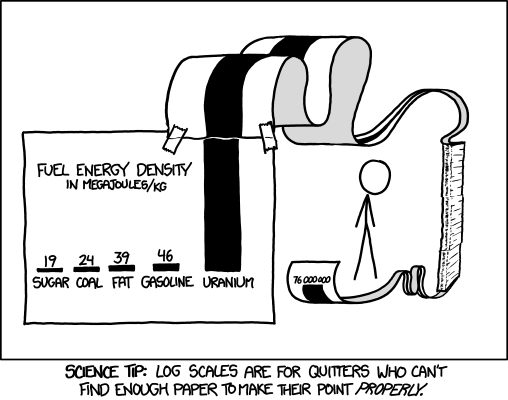- Pronouns
- He/Him
I was thinking about Project Pluto, the legendarily wacky proposal to build a fission powered supersonic ramjet that after dropping its nuclear payload, can fly for weeks without landing while spewing radiation and smushing people with pressure waves for shits and giggles. It saw a ground test of a prototype engine before being dropped. It was crazy and kind of douchey for a doomsday weapon, and due to the whole 'nuclear reactor farting radiation on everyone as a design feature' isn't practical for much else.
But like let's say we develop a microfusion reactor of comparable scale and output, just fusion rather than fission based. Its unclear to me, would its output still necessarily be irradiating to surroundings, or is that a feature specific to fission's use of dense radioactive elements? The helium would be harmless, but it'd still be spraying energetically. If tolerable, would it be possible in turn to build conventional aircraft that can fly for absurd amounts of time, or are much larger (ie helicarrier sized flying fortresses) than would otherwise be possible with normal fuel?
But like let's say we develop a microfusion reactor of comparable scale and output, just fusion rather than fission based. Its unclear to me, would its output still necessarily be irradiating to surroundings, or is that a feature specific to fission's use of dense radioactive elements? The helium would be harmless, but it'd still be spraying energetically. If tolerable, would it be possible in turn to build conventional aircraft that can fly for absurd amounts of time, or are much larger (ie helicarrier sized flying fortresses) than would otherwise be possible with normal fuel?
